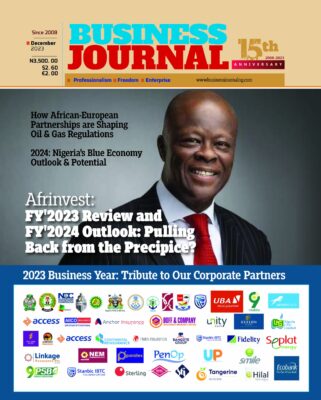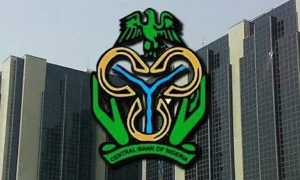The National Bureau of Statistics (NBS) released Consumer Price Index (CPI) data yesterday and in line with Afrinvest and Consensus expectation, Headline inflation moderated to 12.5%.
This marks the 15th consecutive decline in Headline inflation since it peaked at 18.7% in January 2017. As seen in recent months, the ongoing disinflation trend – which began in Q1:2017 – remains largely driven by base effect as Month on Month (M-o-M) CPI growth was barely changed at 0.83% in April relative to 0.84% in March.
Base Effect Drives Inflation Sub-Indices to Multi-Year Lows
The base effect played out in reported Y-o-Y Inflation of both CPI Sub-Indices. Core Index growth (all items less volatile food items) measured Y-o-Y declined from 11.2% in March to a 27-month low of 10.9% in April – the lowest level since the Feb-2016 hike in electricity tariff which resulted in the first double-digit Core Inflation in nearly 3 years.
This came despite a marginal 3bps uptick in M-o-M growth to 0.87%, which suggests base effect remains the major driver. Similarly, Y-o-Y Food inflation fell from 16.1% in March to a 2-year low of 14.8% in the reported month despite a marginal 1bp increase in the Index’s M-o-M growth to 0.91%. Yet, we note that beyond the well-emphasized base-effect tailwind driving Food inflation moderation, food prices on a M-o-M basis have been remarkably stable in a typically volatile off-season period.
This perhaps reflects the success of several CBN and FGN financing initiatives targeted at smallholder farmers which resulted in above-trend Crop Production growth in Q4:2017.
Favourable Inflation Development Presents CBN with an Opportunity to begin to Converge MPR with Market Rates
With the high base effect still in play, at least until July 2018, we expect the disinflation trend to continue in the near term. Yet, based on all near term scenarios we considered, we are convinced year-end Headline Inflation (projected at 10.2%) will be short of the CBN’s soft target of 7 – 9% as we expect CPI base to normalize in Q3:2018.
However we think the positive development in consumer prices within the last 14 months, resulting in a positive real interest rate (see chart 3), has presented the CBN with an opportunity to begin to converge Monetary Policy Rate (MPR) with market interest rates which have since priced-in inflation expectation.
Expectation
Thus, we expect the Monetary Policy Committee (MPC) to strongly consider an MPR cut in its next meeting taking place next week (May 21st and 22nd, 2018), although the decision would likely be delayed due to the ongoing capital flow reversal and asset prices volatility in emerging and frontier markets.
The current capital flow reversal has been the strongest test for liquidity in the Investors’ and Exporters’ Window (I&E Window) so far; a test it is yet to pass with flying colors.
Regardless, as we have argued in previous notes, an MPR cut (either at next week’s sitting or subsequent ones) will have little impact on fixed income yields as the CBN has already set in motion the easing cycle by deliberately guiding market rates downwards in the past 9 months, in addition to knock-on effects of the FGN fiscal strategy to reduce domestic debt issuance.















